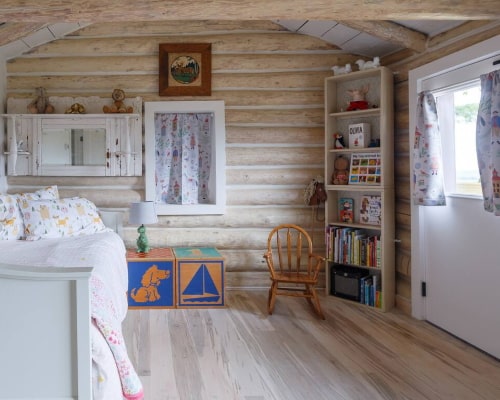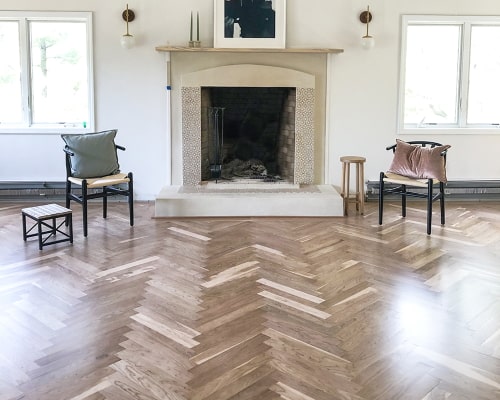Bring Home History with Reclaimed Chestnut Wood
February 21, 2023
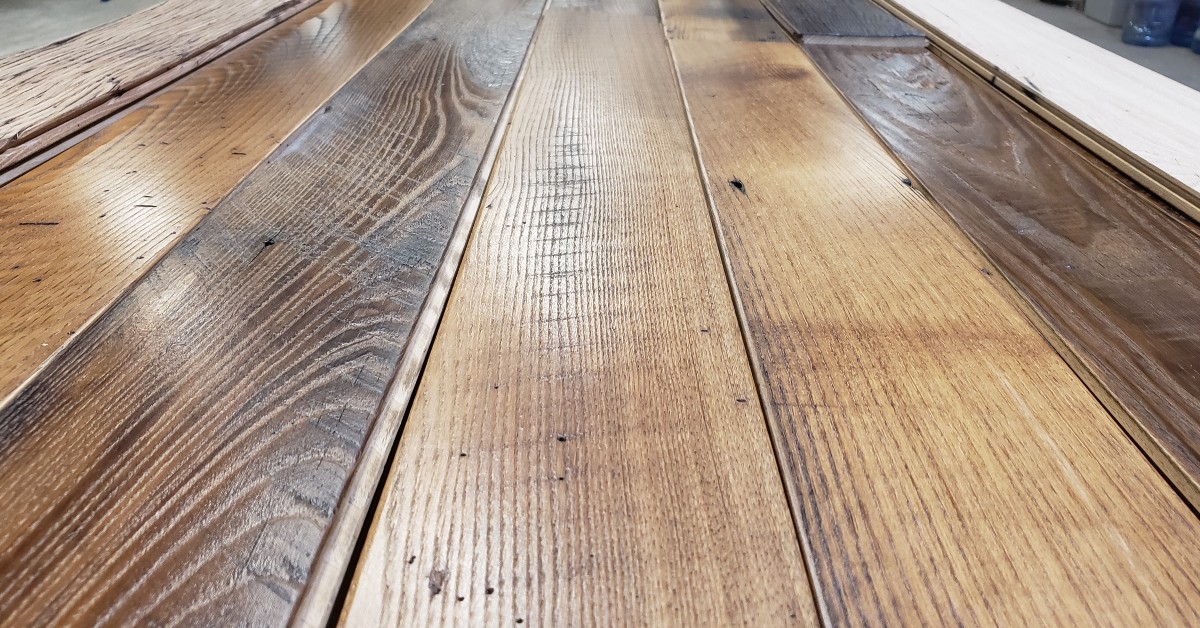
If you're considering a home renovation project or simply want to add some character to your home, using reclaimed chestnut wood is a great option. Not only does this type of wood bring a unique, rustic look to your space, but it's also environmentally friendly as it repurposes previously used materials.
The history of reclaimed chestnut
Chestnut wood was once a common building material in the United States, but due to a blight in the early 20th century, chestnut trees became scarce. As a result, reclaimed chestnut wood is highly sought after and prized for its unique character and durability. Here's what you need to know about using reclaimed chestnut wood in your home and the process of finishing the lumber.
Sourcing reclaimed chestnut wood
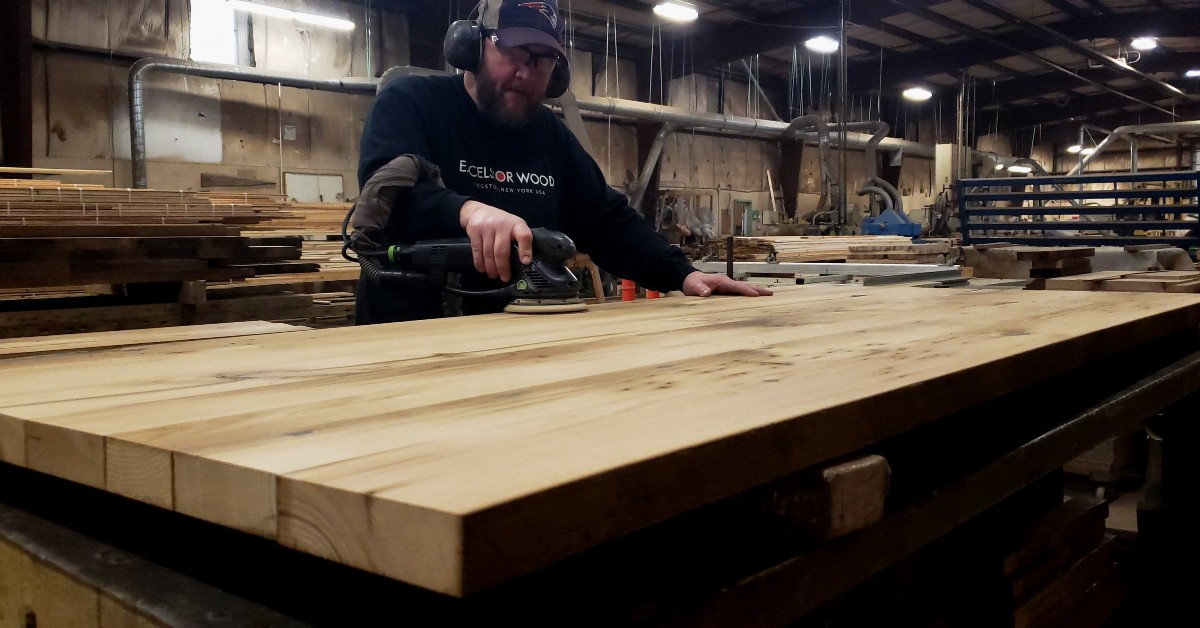
When sourcing reclaimed chestnut wood, it's important to find a reputable supplier who sources their materials from trustworthy sources, like us! Reclaimed chestnut wood is often available in a variety of formats, including boards, planks, and beams. Our team can mill, coat, and fabricate the lumber to fit your needs. We are experienced in preparing reclaimed chestnut for a variety of uses including flooring, custom tables, doors, shelving, and other wood parts!
Preparing the wood
Before
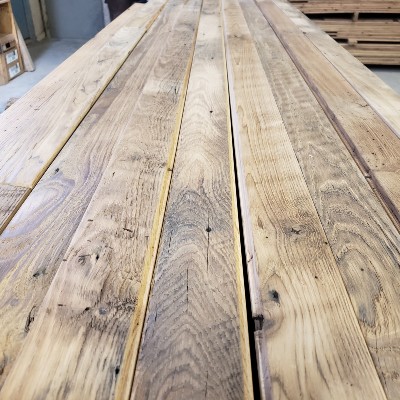
After
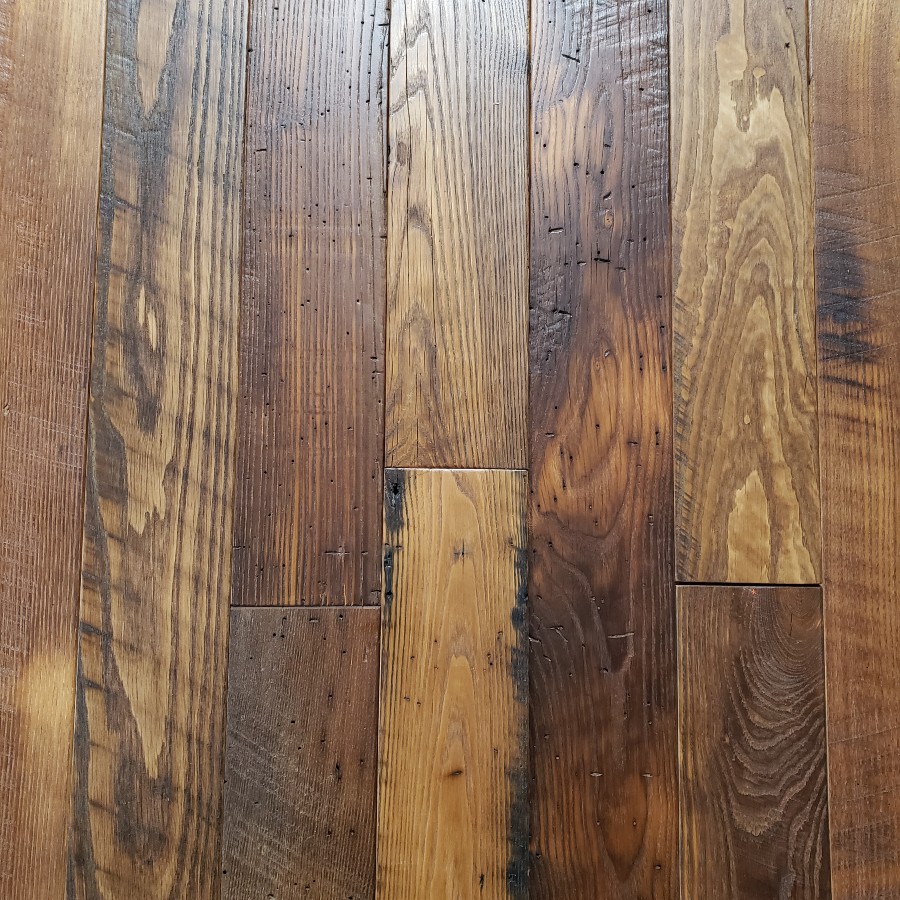
Before beginning any project, it's important for us to properly prepare the reclaimed chestnut wood for use. We start by inspecting each piece of wood for damage, such as rot or cracks. We then clean the wood using a wire brush or sandpaper to remove any dirt, grime, or old finishes. If the wood contains cracks or holes we fill the gaps with epoxy.

When it comes to finishing reclaimed chestnut wood, there are a few options to choose from. One popular choice is to leave the wood unfinished, allowing the natural beauty of the wood to shine through. This can be a great option if you want to highlight the unique character of the wood, such as its knots and grain patterns. You can also stain the wood or apply a clear sealant or varnish. This can help protect the wood from moisture and wear and tear, while also enhancing its natural beauty.
Using reclaimed chestnut wood in your home is a great way to add character, history, and sustainability to your space. Our expert craftsmen can help you determine the best look and finish based on your project and taste. Contact us today to get started!

